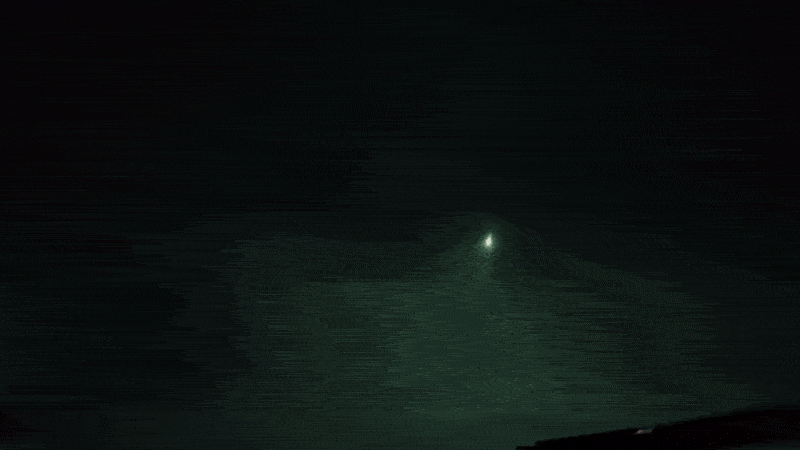When you buy through links on our articles, Future and its syndication partners may earn a commission.

A newly discovered asteroid has met a colorful and spectacular end above the Philippines, exploding in a bright green fireball that was visible for hundreds of miles. The space rock was only discovered earlier the same day, earning it a spot in an extremely exclusive club.
Astronomers from the Catalina Sky Survey discovered the roughly 3-foot-wide (1 meter) space rock, named 2024 RW1 in the early hours of Wednesday (Sept. 4), the European Space Agency (ESA) said in a post on the social platform X . The Catalina Sky Survey is a NASA-funded project at the University of Arizona’s Steward Observatory near Tucson, which scans the skies for potentially hazardous near-Earth objects.
ESA representatives predicted that the “harmless” asteroid would break apart in the atmosphere and that “people in the area may see a spectacular fireball [meteor].” And that is exactly what happened.
The asteroid broke apart at around 12:46 p.m. ET (0:46 a.m. local time Sept. 5) above the western Pacific Ocean near Luzon Island in the Philippines, Live Science’s sister site Space.com reported.
The disintegrating space rock gave off a bright green light — likely because it had a high magnesium content — before exploding with a bright flash that could be seen at least 250 miles (400 kilometers) away, according to the American Meteor Society. Due to scientists’ advance warning, some local people were able to capture stunning photos and video footage of the rare event.
Related: How many meteorites hit Earth every year?



Asteroids the size of 2024 RW1 enter Earth’s atmosphere once every two weeks on average, according to ESA. However, astronomers rarely see them coming due to their diminutive size.
This is only the ninth time astronomers have spotted an asteroid before it hit our planet.
The last time this happened was on Jan. 21, when NASA scientists spotted a similar-size space rock, named 2024 BX1, around three hours before it entered the atmosphere and exploded above Berlin. This asteroid also made headlines because it was the fastest-spinning asteroid ever seen.

In 2022, another fridge-size space rock, named 2022 EB5, was spotted just two hours before it entered our atmosphere at almost 40,000 mph (64,000 km/h), and eventually fell apart somewhere over the Arctic.
RELATED STORIES
—‘Rare daylight fireball’ meteor over NYC created loud boom near Statue of Liberty
—Enormous fireball meteor turns the sky over Turkey green in eerie viral video
—Rare green fireball explodes over Australia, creating bright flash visible for hundreds of miles
Small fragments of fireball meteors often reach Earth’s surface after being scattered by the aerial explosions. In January, for example, scientists retrieved fragments of the Berlin fireball and later determined that it was a rare type of asteroid, known as an aubrite, which is potentially as old as the solar system. However, it is very unlikely that any surviving fragments from 2024 RW1 will be found because they likely landed in the ocean, based on the meteor’s trajectory.
But astronomers should be able to retrace the asteroid’s approach to Earth from the data collected after its discovery, which could reveal more clues about its origins.
EMEA Tribune is not involved in this news article, it is taken from our partners and or from the News Agencies. Copyright and Credit go to the News Agencies, email news@emeatribune.com Follow our WhatsApp verified Channel





